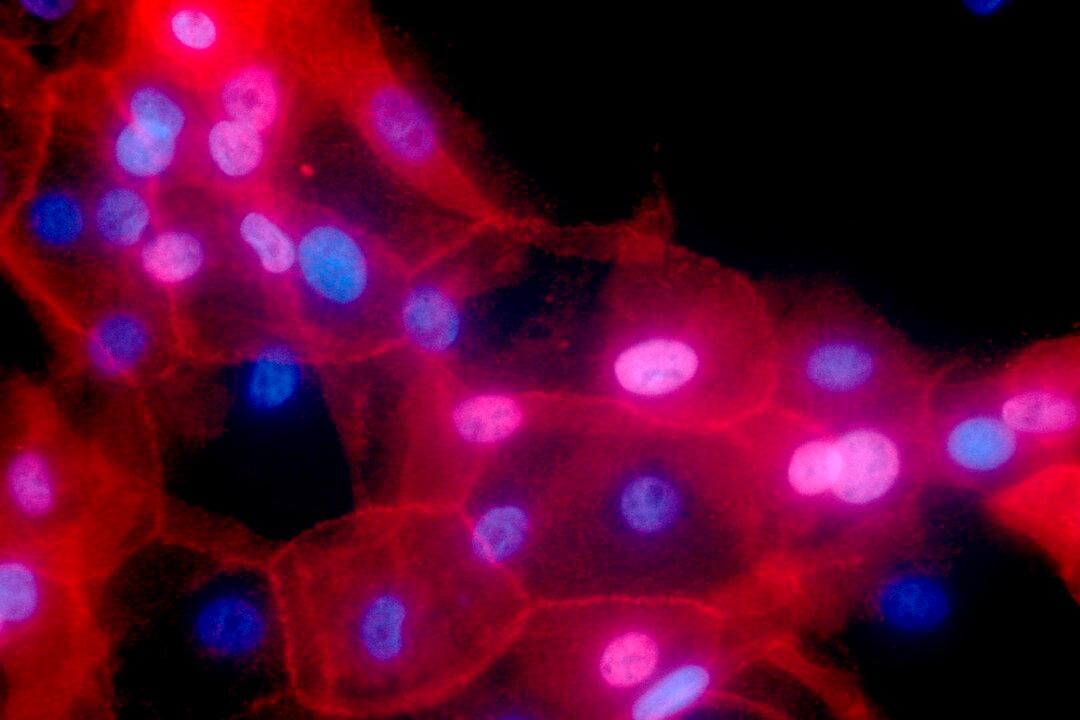Studies have found that many cancers are related to obesity. Nowadays, more and more people are becoming obese. However, doing two things can easily achieve the effect of cancer prevention and weight loss.
According to the Centers for Disease Control and Prevention (CDC), obesity will increase the risk of 13 types of cancer, and these cancers account for 40 percent of all cancers diagnosed in the United States each year, including breast cancer, colon cancer, stomach cancer, liver cancer, esophageal cancer (esophageal adenocarcinoma), pancreatic cancer, kidney cancer, ovarian cancer, uterine cancer, gallbladder cancer, thyroid cancer, meningioma (a type of brain cancer), and multiple myeloma (a type of blood cancer).
Increased Risk
Compared to those with normal weight, the risk for several cancers increases substantially for those who are obese or overweight:- Endometrial cancer: The risk is seven times higher for those with severe obesity, and two to four times higher for those who are obese or overweight.
- Esophageal cancer (esophageal adenocarcinoma): The risk is 4.8 times higher for severely obese people and 1.5 to three times higher for obese or overweight people.
- Stomach cancer (gastric cancer): The risk is twice as high for obese people.
- Liver cancer: The risk is twice as high for obese or overweight people.
- Kidney cancer: The risk is twice as high for obese or overweight people.
- Pancreatic cancer: the risk is 1.5 times greater for obese or overweight people.
- Colorectal cancer: The risk is 1.3 times greater for obese or overweight people.
- Gallbladder cancer: The risk is 1.6 times greater for obese people and 1.2 times greater for overweight people.
- Meningioma: The risk is 1.5 times greater for obese people and 1.2 times greater for overweight people.
- Breast cancer (after menopause): The risk is 1.2 to 1.4 times greater for obese or overweight people.
- Thyroid cancer: The risk is 1.2 to 1.3 times greater for obese or overweight people.
- Multiple myeloma: The risk is 1.1 to 1.2 times greater for obese or overweight people.
- Ovarian cancer: The risk increases 1.1 times for every five-point increase in body mass index (BMI).





